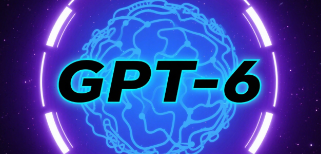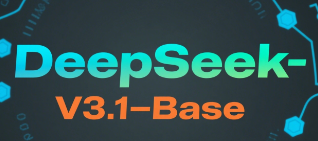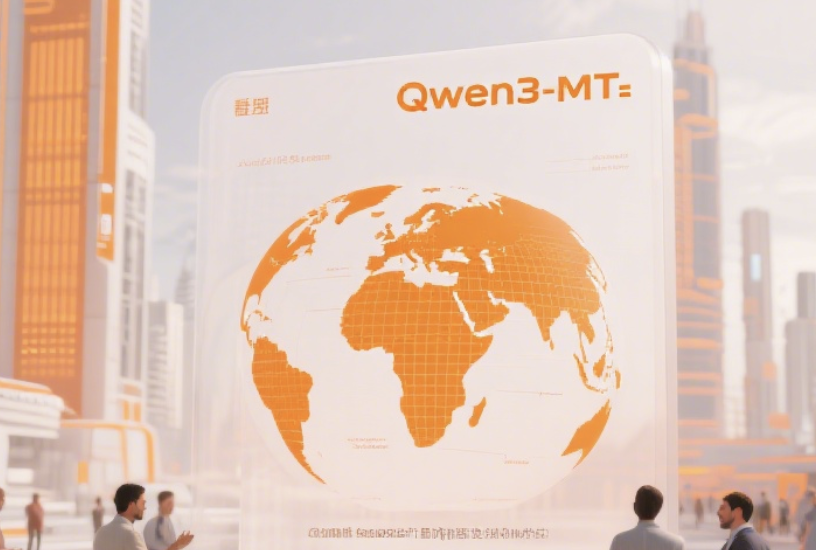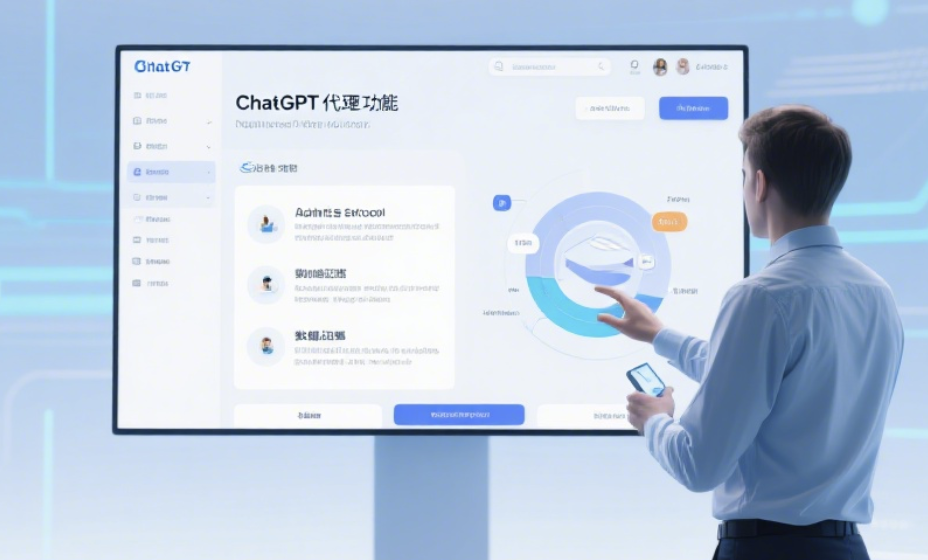GPT-6 Trends at a Quick View: Faster Pacing, Long-Term Memory, and Personalization as Core Directions
According to media reports, Sam Altman said in a public exchange with reporters that "GPT-6 is on the way" and that the pace will be said to be faster than the interval between GPT-4 and GPT-5. Many expressions emphasize that "long-term memory (Memory) and personalization (Personalization)" will be the North Star of the product. The judgment that "chat use cases are basically saturated" has also been relayed by many media. The following are the key points of standardized sorting and practice.
1. Key points of the news
1. Release time rhythm: The date has not been officially announced; The caliber of public opinion focuses on the directional judgment of "it will be faster".
2. Product main line: long-term memory and preference persistence; The goal is to maintain tone and context in long-term interactions across devices and sessions.
3. Ability focus: from "more chat" to "more remember"; Improve the ability to undertake long-term tasks and individualize collaboration.
4. Scene pointing: The assistant can "continue the last progress" to reduce repetitive explanations and style drift.
2. Impact on individual users
1. Continuity: nicknames, terminology, writing tone, and project progress can be remembered for a longer time.
2. Stability: Multi-round writing and code annotation styles are more consistent, and the cross-terminal experience is more stable.
3. Long tasks: weekly report rolling, course preparation, learning plan and multi-stage projects are easier to connect.
3. Value to the team and the enterprise
1. Knowledge precipitation: SOP, glossary and approval caliber enter the "recallable" layer to reduce training and handover costs.
2. Customer context: Historical interactions and preferences continue to take effect, with more consistent responses and more controllable conversions.
3. Collaborative orchestration: Multi-agent reduces information loss under shared memory, and process automation is smoother.
4. Preparations that can be promoted immediately before landing
1. Define a "minimum memory table": prioritize 10–20 high-value fields (identity, tone, format, terminology, milestone).
2. Classification and expiration: Delineate the storage range and retention time according to the sensitivity level, and minimize persistence by default.
3. Indicator system: Establish quantitative monitoring such as "repeated interpretation rate, cross-session continuation success rate, and long task completion rate".
4. Grayscale release: first enable long-term memory in non-sensitive scenarios; Keep one-click clearing and version rollback.
5. Compliance documents: A new "persistent memory" clause has been added to the privacy policy and DPA to clarify the rights to view, export, and delete.
5. Risks and boundaries
1. Privacy and compliance: Sensitive data retention requires clear authorization, visible scope, revocation, and expiration of erasure.
2. Memory pollution: Wrong or outdated memories require a closed loop of "correction-forgetting-auditing".
3. Bias risk: excessive personalization may narrow the perspective; Keep the "Debiased Prompt/Diverse Perspectives" switch.
4. Domains and permissions: Cross-device and cross-organization memory synchronization requires clear domain boundaries and access control.
6. FAQs
1. Has the specific release date of GPT-6 been officially announced?
The specific date has not yet been officially announced; At present, it is a trend expression of "it will be faster".
2. Will long-term memory be turned on by default?
There are no official rules; It is more likely to adopt a compliant design with user authorization, controllable scope, visible deletion, and expiration purge.
3. What does "chat use case saturation" mean?
Marginal improvement in the universal chat experience is smaller; The increment will come from long-term tasks and continuous collaboration driven by "memory + personalization".
4. Do I need to pause the upgrade and wait for GPT-6 now?
Without. First, the design of memory fields and permission expiration policies is completed. Subsequently, the memory backend can be switched smoothly.




